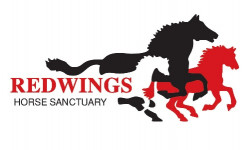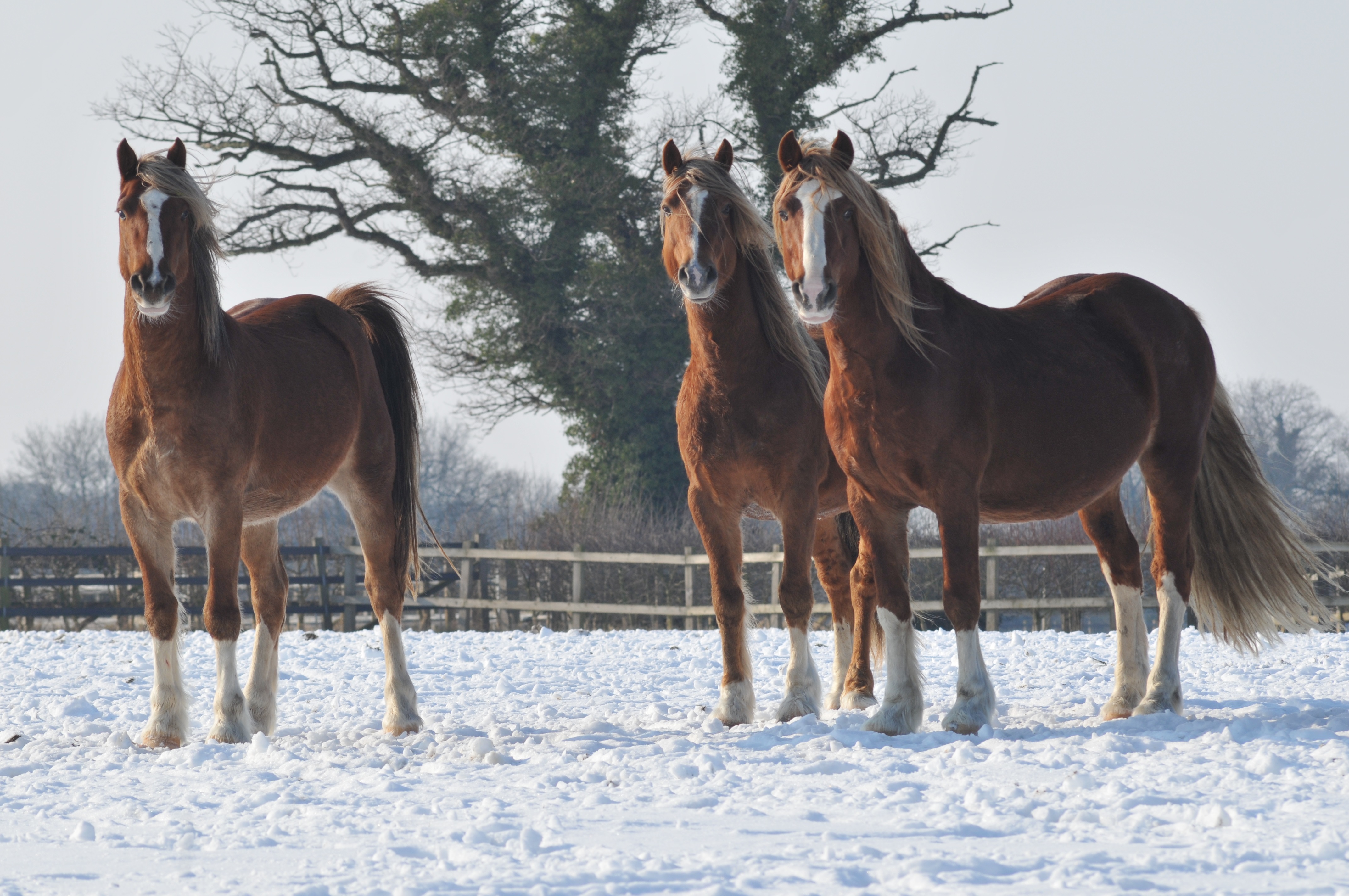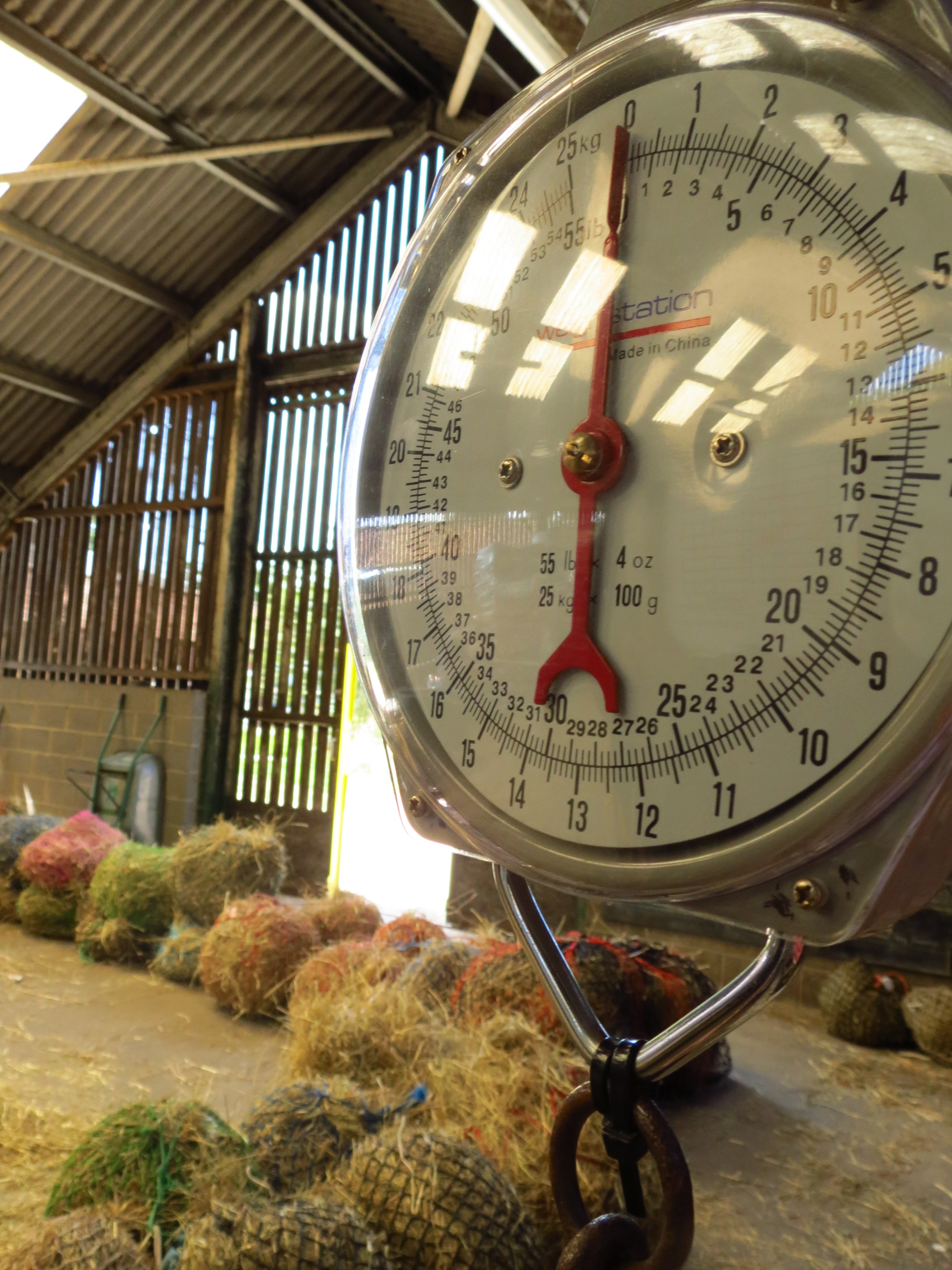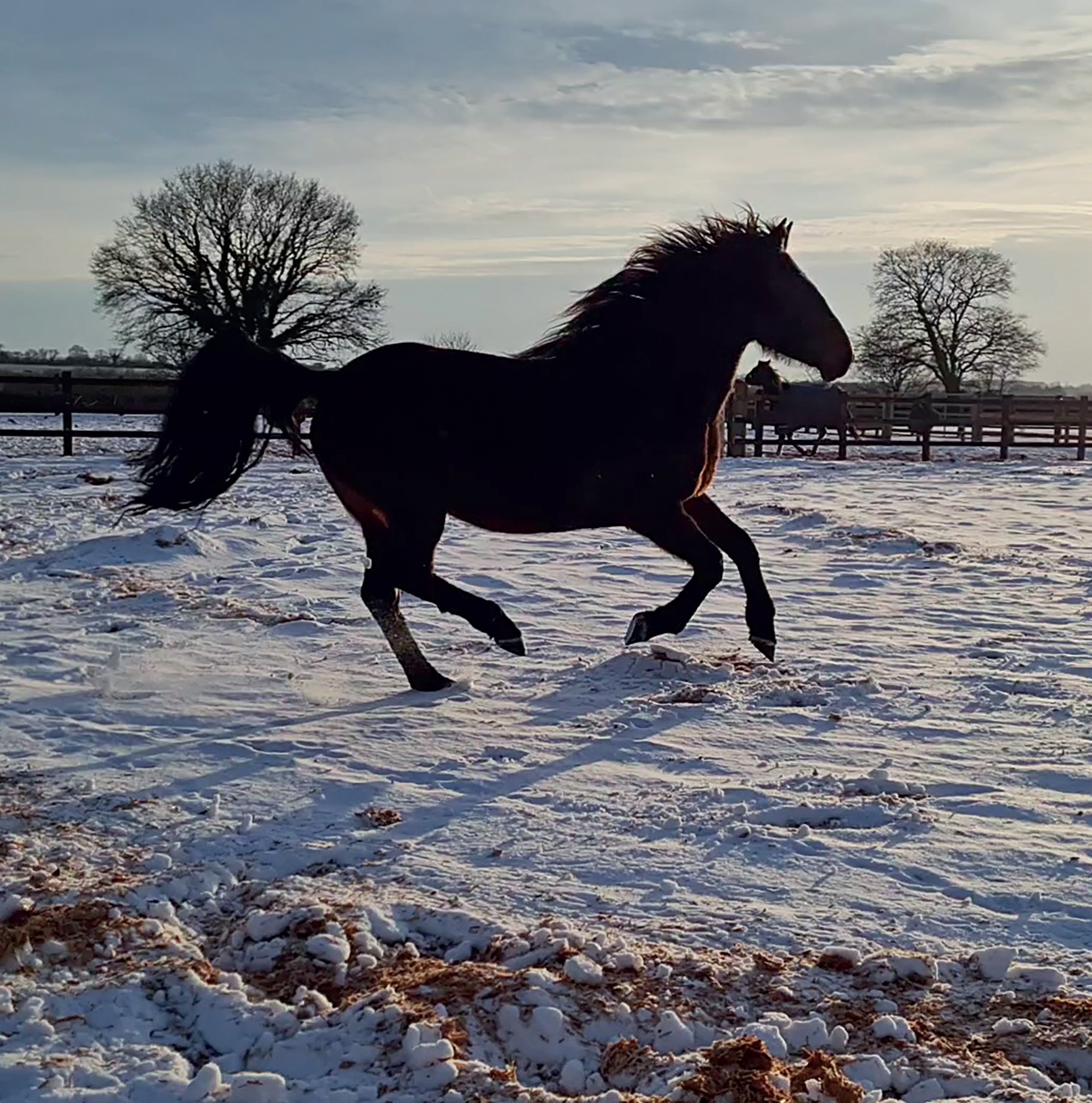Posted: 30th September 2022 | Back to news feed


As nights draw in and temperatures cool, this winter brings with it the additional pressure of rising costs and squeezed budgets. Although there are no magical solutions to solve the financial challenges ahead, Redwings shares some cost-saving ideas that can also benefit your horse’s wellbeing. What’s not to like?!
Rethinking hard feed
Even in winter, most horses can remain happy and healthy on a diet consisting solely of good quality forage, a daily ration of balancer and access to a salt lick. Unless a horse is in hard work or struggles to maintain weight, supplementary feed may well be unnecessary. Proving a forage-based diet also has several additional advantages that support equine wellbeing:
- A high-fibre diet is the most natural for horses and optimises their gut health
- Digesting forage produces more internal heat from microbe activity, helping to maintain core body temperature in cold weather and reducing the need for rugging (see below)
- Horses spend more time chewing forage than hard feed, which prolongs eating times and helps meet their innate need to spend long periods grazing
- Forage rations can be offered in small-holed haynets or hayballs to further increase the time spent eating
- Chewing forage supports dental health, though ensure horses’ teeth are checked at least annually by a qualified equine dentist or vet
Remember that any changes to feed routines should always be introduced gradually and horses monitored carefully. For older horses or those with dental issues meaning they struggle to chew forage, high-fibre cubes and mashes can be fed as a hay replacer.
Winter weight loss
How much do you feed your horse? With equine obesity recognised as a key welfare issue across the UK, winter can help horses to safely lose a few pounds, and their owners to save a few pounds too.
Horses require around 2% of their bodyweight each day in dry matter to maintain weight, and this can be reduced slightly to help achieve weight loss (though never feed less than 1.5% of bodyweight unless with veterinary guidance). By working out how much your horse really needs each day, and weighing forage and any feed rations accurately, you may find those bales lasting a little longer.
Remember that using small-holed haynets, doubling up haynets, using hayballs or other devices can all help reduced rations to last longer and keep your horse nibbling happily.

Rethink rugging
It can be hard not to rug horses based on our own perception of chill, but the temperatures at which horses can maintain their own bodily warmth without help are very different from our own. A healthy horse’s thermoneutral zone (TNZ) usually ranges from around 0 – 25oC, whereas humans’ TNZ doesn’t kick in until at least 20oC. Before investing in new rugs for the season ahead, you may also want to consider the following:
- Horses’ winter coats are incredibly efficient at preventing loss of body heat
- Allow your horse to develop a full winter coat and adapt to climatic changes
- Hair ‘fluffs up’ in cold weather for extra insulation and the weight of a rug prevents this natural mechanism
- Research shows that even lightweight rugs can increase a horse’s surface temperature by more than 15oC
- Overheating is unpleasant and unhealthy for a horse and rugs interfere with natural cooling systems such as sweating
- Rugs interfere with normal behaviours such as scratching, rolling and mutual grooming
All horses are individual, so take time to get to know how the weather affects your own horse to help make rugging decisions. Age, breed and health issues can all affect a horse’s ability to thermoregulate, and driving rain or cold winds can be more of a problem than low temperatures.
Supplements
There is a huge range of equine supplements available, despite limited evidence for the effectiveness of many products on the market. It is always worth asking your vet about the potential value of a supplement for your horse before adding it to your shopping list.
In addition, it is vital that supplements aren’t seen as an alternative to veterinary diagnosis and treatment of a health condition. The initial cost savings are likely to lead to greater expense in the long run.

As horse owners, there is more incentive than ever to save costs where we can this winter, but it is essential to continue investing in the care that preserves our horses’ health and wellbeing. For more cost saving tips and ideas, download the free National Equine Welfare Council guide at https://newc.co.uk/advice_articles/newc-guides/
The Equestrian Index newsfeed is compiled from articles submitted by advertising members and expresses the opinions of those members. Watsons Directories Ltd shall not be held liable for any inaccuracies or mis-statements therein.